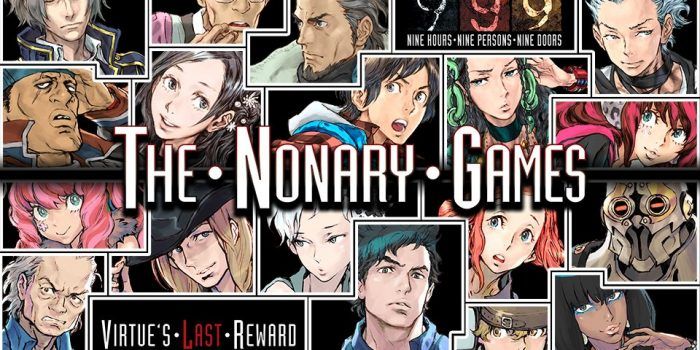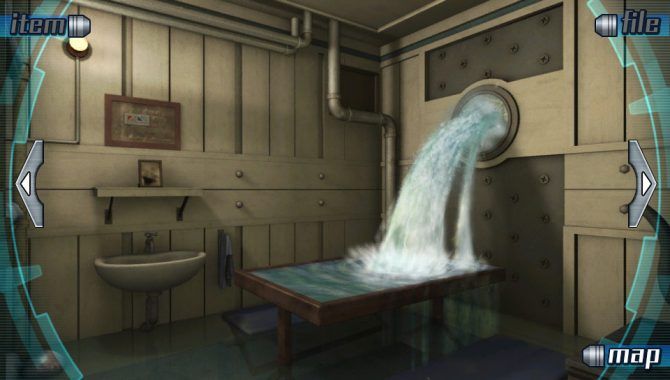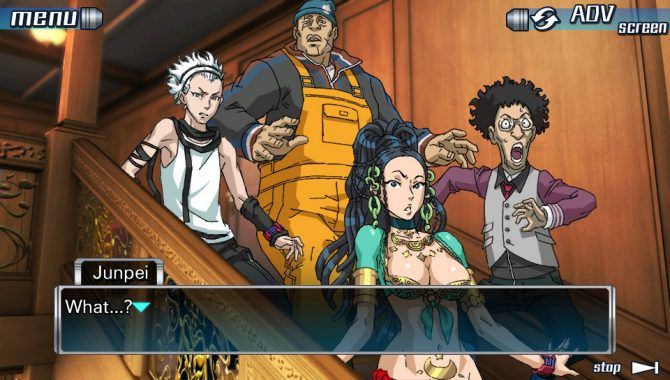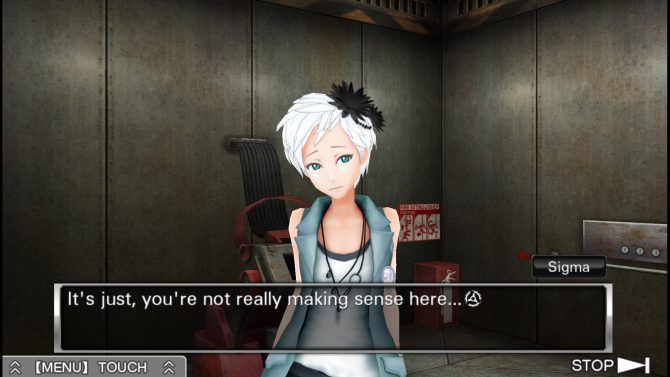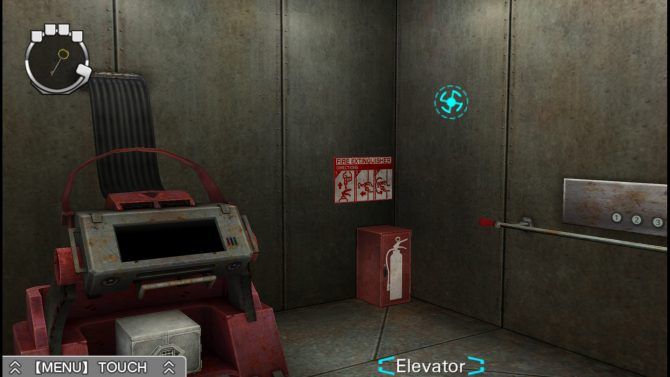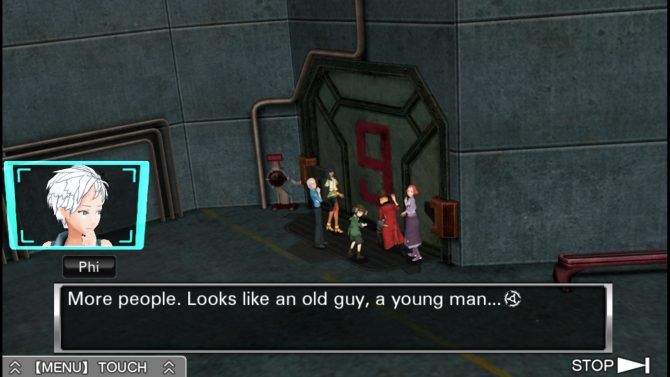The Japanese visual novel genre in the west once saw very few localized titles, leaving most of the community left to rely on fan translation of PC games. In 2009, Aksys games took on the task of supporting this niche genre in the west when they localized Nine Hours, Nine Persons, Nine Doors for Nintendo DS. As the years past, director Kotaro Uchikoshi turned the game into a trilogy that was fueled by the west's love of the series.
The only problem? 999 only saw a release on the DS while the sequels made their way onto PlayStation Vita and PC along with a 3DS release. The Nonary Games is a collection of 999 and Virtues Last Reward, with the former receiving many upgrades from its previous version. However, even with the visual updates, can an eight year old visual novel still keep the same impact it had all those years ago? The answer is an astounding yes.
999's story opens with main protagonist, Junpei, waking up locked in a room of a ship with only one way out. However, he doesn't have much time because the room is slowly filling up with water. With not much to work with he must find a way out by searching the contents of the room and use the items found in order to escape.
Right away, players who have played the DS version will notice the improvements the game has received. From this first scene, Junpei's voice can be heard echoed through the speakers. It seems that a lot of attention was paid to the voice acting in the game to bring every character to life. At first, it might sound corny, but each character in the game expresses themselves so dramatically through dialog that the voice acting comes off as natural.
Previously, 999 on DS utilized the the two screens to show the character dialog as well as dialog from Junpei's inner thoughts. In order to make up for the loss of the second screen, a new system has been added to give the player the ability to switch between "Novel" and "Adventure" mode. Novel mode shows text overlaying the characters, this text includes all spoken dialog as well as any dialog found in the original DS version.
Alternatively, the adventure mode shows your standard text box and only the character's dialog. This new system can be switched at anytime unless the game has a scene where they lock you into one of the modes which happens rarely and doesn't hinder the flow of the game in any way. This offers a new way to play the game for those who have already know the story as some dialog scenes in adventure mode have been altered a bit to make up for the lack of Junpei's inner narration.
As the story continues, Junpei runs into eight other individuals who each seem to hold their own trope and unique personality. Hearing the character's voices and reactions to some of the events is priceless and makes me wonder how I went without them in the DS release. Additionally, each character look amazing, their animations have all been updated to take advantage of the more powerful hardware.
There is a flowchart that can be accessed at any point in the game which will show you branching paths based on the choices that you made. I was sure to play through the game, then go back to check out the others possible endings. There are some other changes made, but I wouldn't want to spoil anything for anyone. Let's just say that returning players might find something different in the later part of the game other than the visual and audio upgrades.
So continuing with The Nonary Games, players will also be able to play Virtue's Last Reward. However, this game didn't receive the complete upgrade package that 999 did, but it didn't really need it when compared to the dated state that 999 was in. That being said, it was confirmed that typos were fixed which is always nice.
Virtue's Last Reward puts players in control of main protagonist Sigma. The game is set in the year 2028 and has the same premise as 999, this includes each person having a bracelet and needing to escape by solving puzzles. However, this time around the characters must escape a warehouse. The game offers a difficulty setting that can be changed to fit the players playstyle, but Most of the time the higher difficulty just means that less hints will be given on how to solve some of the puzzles.
Virtue's Last Reward forces the player to put a lot of time into their choices. With the new system introduced by the game, players have the choice to ally with or betray other characters. This can make for many branching timelines that force the player to really consider the choice they are making.
With both games in one collection it's strange they didn't include Zero Time Dilemma as an added bonus. True, the game came out farily recently to handhelds and PC, but a trilogy of the most beloved and respected visual novels would make sense.
As a side note to players who haven't played these games before: It might seem easy if you get stuck on a puzzle to quickly turn to the internet for help. However, each of these games provide you with all the necessary tools you need to get through each puzzle and solve them on your own. The reward is getting to the next scene and facing the next challenge, knowing that you did it. I urge you to play through each game without any assistance from outside sources.
In the case for 999, it's tough to admit that a game that I regarded as one of the greatest visual novels I've ever played could get better, but here I am doing it. Spike Chunsoft and Aksys have taken an amazing game and proved that a re-release can hold onto its original charm while giving it visual and audio upgrade on newer hardware.
Zero Escape: The Nonary Games is a perfect addition to any visual novel fan's collection. Both games are truly a work of art that combine mystery and horror to tell a story that is so gripping that it's almost impossible to put down. The only thing missing is the inclusion of the third entry of the series, Zero Time Dilemma.

